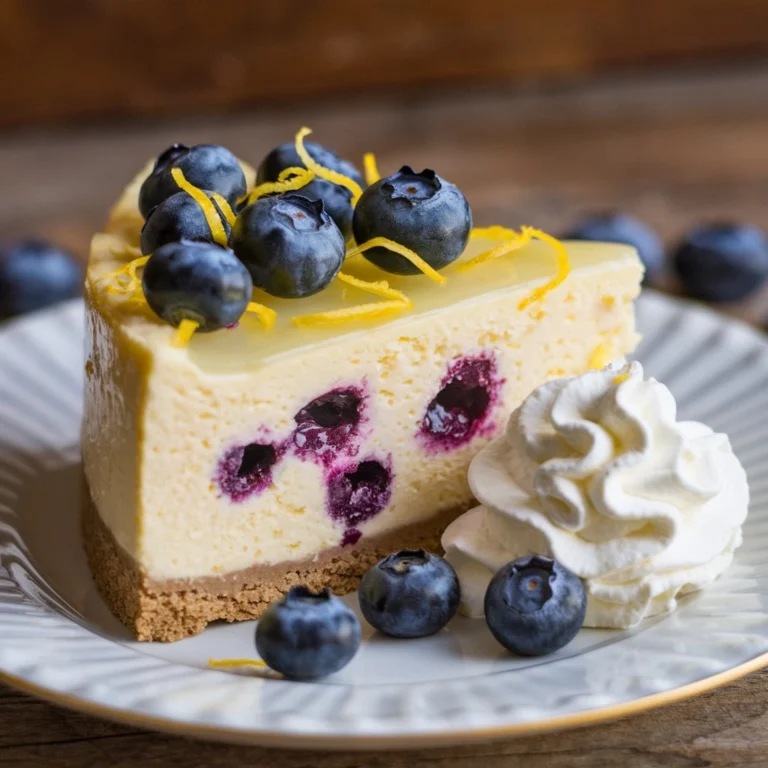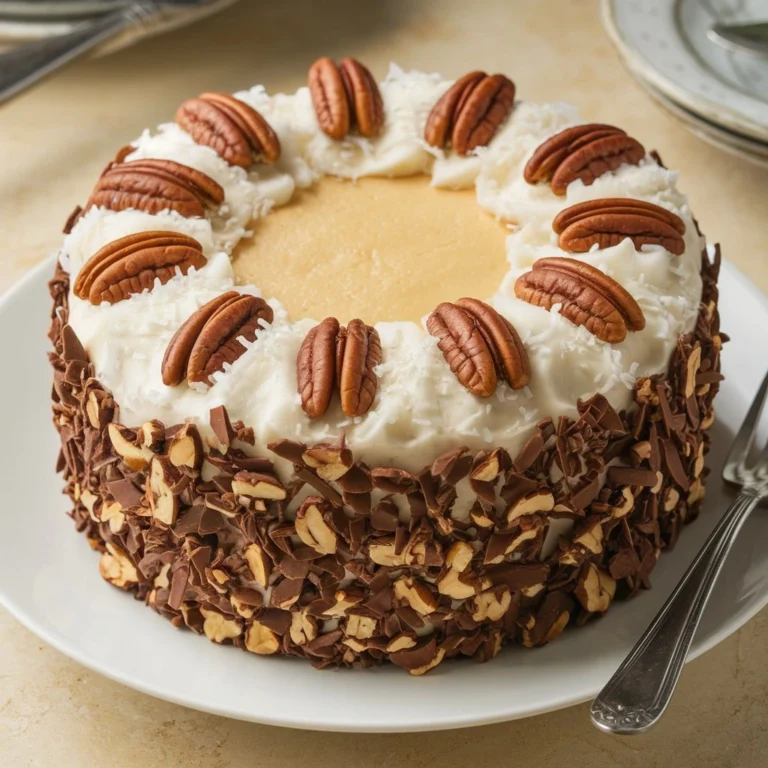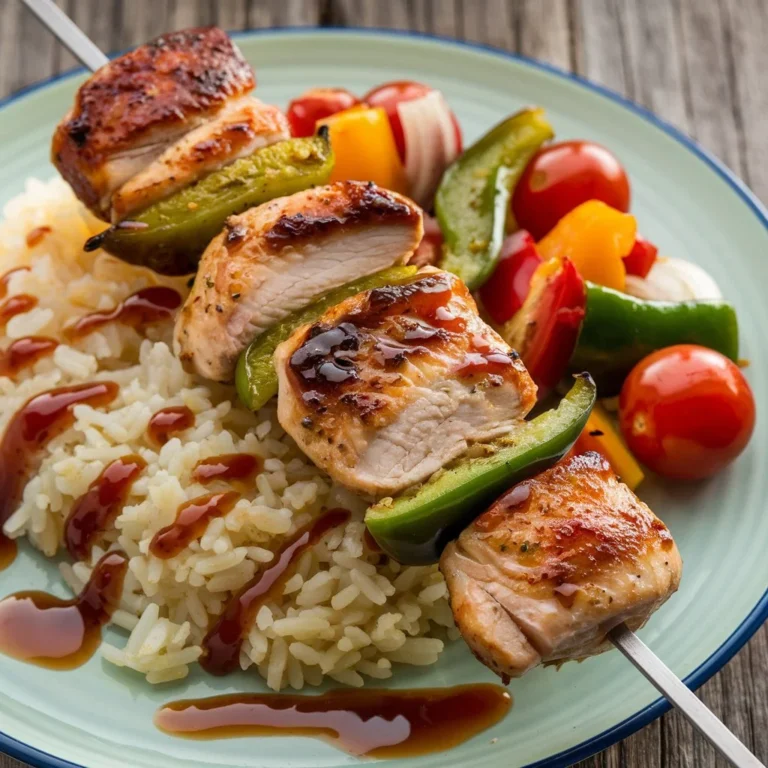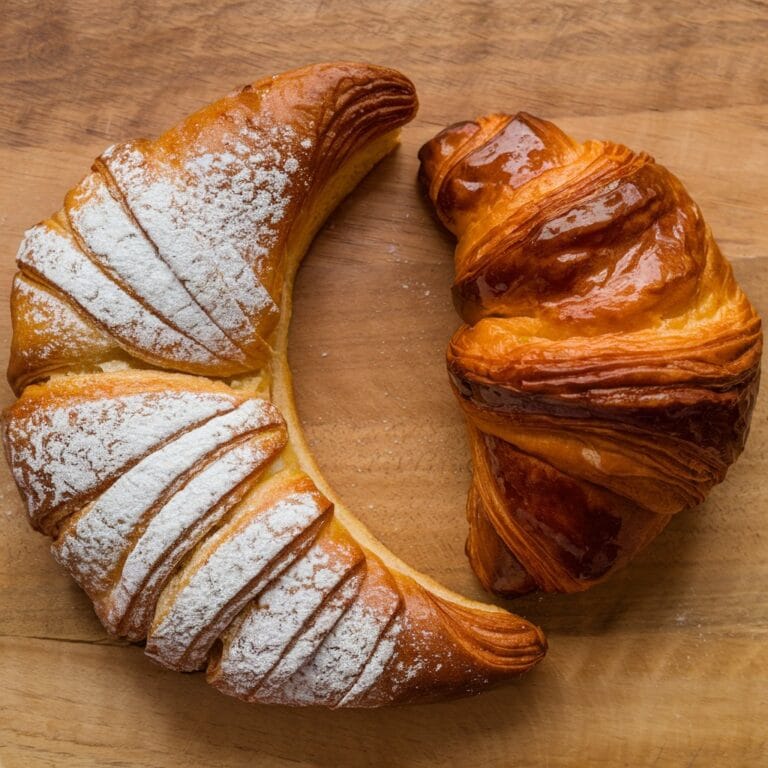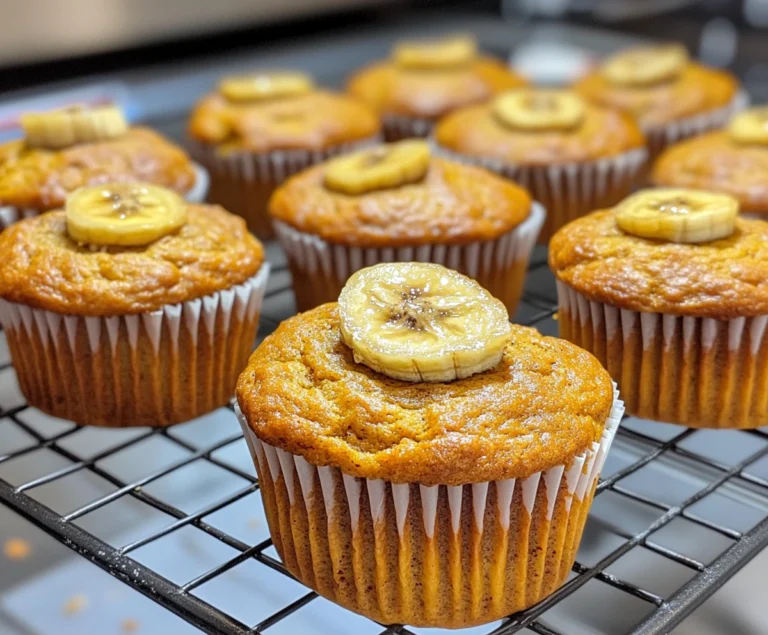Why Do You Put Heavy Cream in Cheesecake? The Secret to Creamy Perfection
Why Do You Put Heavy Cream in Cheesecake? The Secret to Creamy Perfection
Cheesecake delights dessert lovers with its rich and creamy texture. While cream cheese, sugar, and eggs play a crucial role, heavy cream is the unsung hero in many cheesecake recipes. It enhances the moisture, smoothness, and overall flavor of the dessert. Understanding how heavy cream works helps create a perfect cheesecake that is indulgent and satisfying.
Introduction to Cheesecake Ingredients
A classic cheesecake recipe includes cream cheese, eggs, and sugar. However, heavy cream adds an extra layer of richness and smoothness. Without it, cheesecake can lack the creamy consistency that makes it so desirable. Mixing heavy cream with other ingredients creates a dessert that is soft and luxurious.
The Importance of Heavy Cream in Cheesecake
So, why do you put heavy cream in cheesecake? In short, heavy cream enhances the texture and flavor of the cheesecake, making it creamier, softer, and more indulgent. It also helps to:
- Add moisture: Cheesecake can sometimes dry out during baking, especially if overbaked. The fat in heavy cream helps to lock in moisture.
- Create smoothness: The rich fat content of heavy cream ensures a silky texture, preventing the cheesecake from becoming crumbly or dense.
- Enhance flavor: The additional fat and creaminess provided by heavy cream deepens the richness of the cheesecake, making each bite more flavorful.
In this guide, we will further explore the science behind heavy cream, how to use it properly, and how it compares with other types of creams in cheesecake recipes.
The composition of heavy cream includes:
- Milk fat: The primary component that gives heavy cream its rich and smooth texture.
- Water: While most of the content is fat, heavy cream also contains water, which helps with moisture retention.
- Proteins: Though not as high in protein as milk or yogurt, the proteins in heavy cream help stabilize the structure of the cheesecake.
Due to its fat content, heavy cream is also sometimes referred to as heavy whipping cream. However, there is a slight difference: whipping cream usually has a lower fat content (30-35%) compared to heavy cream. This difference in fat content can affect how the cheesecake turns out, making heavy cream the preferred option for most cheesecake recipes.
The Science Behind Heavy Cream in Cheesecake
Now that we understand what heavy cream is, let’s dive into the science behind why it works so well in cheesecake.
How Does Heavy Cream Affect the Texture?
The texture of cheesecake is one of its most defining characteristics. A good cheesecake should be creamy, smooth, and free of lumps or cracks. Heavy cream plays a crucial role in achieving this texture.
- Fat Content: The high fat content in heavy cream prevents the cheesecake from becoming too dense. Without heavy cream, the cheesecake can turn out too firm, lacking the soft and silky consistency that defines this dessert.
- Moisture Retention: During baking, heavy cream helps retain moisture in the batter. This is especially important for cheesecakes, as they are prone to drying out if overbaked. The fat in the cream coats the proteins in the eggs and cream cheese, preventing them from curdling and helping to maintain the dessert’s moisture.
- Emulsification: Heavy cream helps to emulsify the fat from the cream cheese and eggs, allowing the ingredients to blend smoothly and creating an even texture throughout the cheesecake.
How Does Heavy Cream Affect the Flavor?
Heavy cream adds a layer of richness to cheesecake that is hard to replicate with other ingredients. Its creamy and slightly sweet taste complements the tanginess of the cream cheese while also mellowing out the sharpness. This results in a more balanced flavor profile that enhances the overall dessert experience.
- Fat Equals Flavor: Fat carries flavor, and the high-fat content in heavy cream helps to amplify the flavors of the cheesecake. Without it, the dessert could taste flat or overly tangy from the cream cheese.
- Smoothness: Beyond flavor, the smooth and velvety mouthfeel that heavy cream imparts elevates the cheesecake’s overall sensory appeal.
How Does Heavy Cream Affect Structure?
In addition to its effects on texture and flavor, heavy cream also plays a structural role in cheesecake. The proteins in the cream help stabilize the batter, while the fat prevents the cheesecake from becoming too dense or rubbery. This ensures that the cheesecake holds its shape while still being soft and creamy.
Heavy Cream vs. Other Creams: Which Is Best for Cheesecake?
While heavy cream is the preferred choice for most cheesecake recipes, other types of cream are sometimes used as substitutes. Let’s compare heavy cream with other options to understand why it stands out.
Sour Cream
is often used in cheesecake recipes, either in combination with heavy cream or as a substitute. has a tangy flavor that can add a slight tartness to the cheesecake, which some people prefer. However, it has a lower fat content than heavy cream (around 18–20%), meaning that it won’t provide the same level of richness and creaminess.
- Texture: Sour cream will make the cheesecake slightly denser and tangier, but it won’t be as smooth and rich as with heavy cream.
- Flavor: The tangy flavor of sour cream can be a nice contrast to the sweetness of the cheesecake, but it may not appeal to everyone.
- Best Use: Sour cream is often used in New York-style cheesecakes or recipes that call for a more pronounced tangy flavor. It is typically combined with heavy cream to balance out the richness and tang.
Whipping Cream
Whipping cream has a lower fat content than heavy cream (around 30–35%). While it can be used as a substitute, it won’t provide the same level of richness or stability.
- Texture: Cheesecakes made with whipping cream will be lighter and airier, but they may not hold their shape as well.
- Flavor: The flavor will be less rich, as there’s less fat to carry the flavors of the cream cheese and other ingredients.
- Best Use: Whipping cream can be used in lighter cheesecake recipes or for no-bake cheesecakes, where the structure isn’t as crucial.
Milk
Milk is not typically used in cheesecake recipes because it lacks the fat content necessary for creating a creamy texture. Milk-based cheesecakes will be much lighter and less rich, and the batter may be too runny to hold together properly.
- Texture: Cheesecakes made with milk will be thinner and less creamy.
- Flavor: The flavor will be less rich and may taste more like a custard than a cheesecake.
- Best Use: Milk is generally not recommended for cheesecake recipes, except in cases where you’re making a very light and airy version, such as a soufflé-style cheesecake.
Half-and-Half
Half-and-half is a blend of cream and milk, typically with a fat content of around 10–12%. It’s sometimes used as a lower-fat alternative to heavy cream, but it won’t provide the same richness or texture.
- Texture: Half-and-half will result in a cheesecake that is less creamy and more firm.
- Flavor: The flavor will be less rich, and the cheesecake may taste more like a custard.
- Best Use: Half-and-half can be used as a substitute for heavy cream in lower-fat cheesecake recipes, but it won’t produce the same luxurious texture.
How to Use in Cheesecake
Now that we know why is so important in , let’s look at how to use it effectively in your recipes.
Step 1: Choosing the Right Amount
The amount of heavy cream you use in a cheesecake recipe can vary depending on the type of cheesecake you’re making. Generally, 1 cup of heavy cream is used for a standard 9-inch cheesecake. This is enough to provide the right balance of creaminess and moisture without overpowering the other ingredients.
For richer, denser cheesecakes, you can increase the amount of heavy cream, while lighter cheesecakes may use less.
Step 2: Incorporating Into the Batter
When adding heavy cream to your batter, it’s important to mix it in properly to ensure a smooth consistency. Here’s how to do it:
- Mix the wet ingredients first: Start by mixing the cream cheese and sugar until smooth, then add the eggs one at a time. This ensures that the eggs are fully incorporated and prevents lumps from forming.
- Add the heavy cream: Slowly add the heavy cream while mixing on low speed. Be careful not to overmix, as this can introduce too much air into the batter, which can cause cracks in the cheesecake.
- Ensure smoothness: The batter should be smooth and creamy, with no lumps or pockets of air. If you notice any lumps, gently mix the batter until they’re gone.
Step 3: Baking Adjustments
Because heavy cream adds moisture to the batter, you may need to make slight adjustments to the baking process:
- Lower the oven temperature: Cheesecakes made with heavy cream can take longer to bake due to the added moisture. Lowering the oven temperature by about 25°F (10°C) can help prevent the cheesecake from overbaking.
- Bake in a water bath: To prevent the cheesecake from drying out or cracking, it’s recommended to bake it in a water bath. This helps regulate the temperature and ensures even baking.
Types of Cheesecake That Use Heavy Cream
comes in many different styles, and heavy cream is a key ingredient in several of the most popular varieties. Here are a few examples of cheesecakes that rely on heavy cream for their creamy texture and rich flavor.
New York-Style
New York-style cheesecake is known for its dense, rich texture and tangy flavor. is often used in combination with sour cream to balance out the richness and add a layer of creaminess. This style of cheesecake is baked at a low temperature and requires a long baking time to ensure it sets properly.
- Why Heavy Cream Is Important: In New York-style , heavy cream helps create a smooth and creamy texture, while also balancing the tanginess of the cream cheese.
Japanese Cotton
Japanese cotton cheesecake is a light and airy version of the traditional cheesecake, often made with whipped egg whites. While it doesn’t have the dense texture of New York-style cheesecake, heavy cream is still used to add richness and moisture to the batter.
- Why Heavy Cream Is Important: In Japanese cotton cheesecake, heavy cream adds a layer of richness without weighing down the airy texture.
No-Bake Cheesecake
is a lighter and quicker alternative to baked s, made without eggs or baking. Instead, heavy cream is whipped and folded into the cream cheese mixture to create a light and fluffy texture.
- Why Heavy Cream Is Important: In no-bake cheesecake, heavy cream acts as a stabilizer, helping the cheesecake set without the need for baking.
Common Substitutes for Heavy Cream in Cheesecake
While is the best option for creating a rich , there are times when you might need to use a substitute. Whether you’re out or looking for a lower-fat alternative, here are some common substitutes and how they compare to the real thing.
Sour Cream
Sour cream is one of the most common substitutes . It has a tangy flavor and a lower fat content (around 18–20%), which can result in a denser and more tangy cheesecake.
- How to Substitute: Use sour cream in place of heavy cream in equal amounts (1:1 ratio).
- Impact on Texture: Sour cream will make the cheesecake denser and less smooth than heavy cream.
- Impact on Flavor: Sour cream adds a tangy flavor that may or may not be desirable, depending on the recipe.
Whipping Cream
Whipping cream is another common substitute for heavy cream, though it has a lower fat content (around 30–35%). This will result in a lighter and less rich cheesecake.
- How to Substitute: Use whipping cream in place of heavy cream in equal amounts (1:1 ratio).
- Impact on Texture: Cheesecakes made with whipping cream will be lighter and airier, but they may not hold their shape as well.
- Impact on Flavor: The flavor will be less rich and creamy.
Half-and-Half
Half-and-half is a blend of cream and milk, typically with a fat content of around 10–12%. It’s sometimes used as a lower-fat alternative to heavy cream, but it won’t provide the same richness or texture.
- How to Substitute: Use half-and-half in place of heavy cream in equal amounts (1:1 ratio).
- Impact on Texture: Cheesecakes made with half-and-half will be less creamy and more firm.
- Impact on Flavor: The flavor will be less rich, and the cheesecake may taste more like a custard.
Yogurt
Yogurt can be used as a lower-fat alternative to heavy cream, though it will result in a tangier and less creamy cheesecake.
- How to Substitute: Use yogurt in place of heavy cream in equal amounts (1:1 ratio).
- Impact on Texture: Yogurt will make the cheesecake denser and tangier.
- Impact on Flavor: Yogurt adds a tangy flavor that may or may not be desirable.
Vegan Alternatives
For those who are lactose intolerant or following a vegan diet, there are several dairy-free alternatives to heavy cream that can be used in cheesecake recipes.
- Coconut Cream: Coconut cream is a popular vegan substitute for heavy cream. It has a similar fat content and can provide a rich and creamy texture.
- Almond Milk Creamer: Almond milk creamer is another option, though it will result in a lighter and less rich cheesecake.
- Cashew Cream: Cashew cream is a homemade alternative made by blending soaked cashews with water. It has a thick and creamy texture, making it a good substitute for heavy cream in vegan cheesecakes.
Frequently Asked Questions (FAQs) About Heavy Cream in Cheesecake
Can You Make Cheesecake Without ?
Yes, you can make cheesecake without heavy cream, but the texture and flavor will be different. Substitutes like sour cream, whipping cream, or yogurt can be used, but they will result in a denser and less creamy cheesecake.
How Much Heavy Cream Should You Use ?
For a standard 9-inch , about 1 cup of heavy cream is typically used. This amount provides the right balance of creaminess and moisture without overpowering the other ingredients.
Is Heavy Cream Necessary for No-Bake Cheesecake?
Yes, heavy cream is often used in no-bake cheesecakes to help set the mixture. Without it, the cheesecake may not firm up properly and could end up too soft or runny.
Does Heavy Cream Make Cheesecake Fluffier or Denser?
generally makes creamier and smoother but doesn’t necessarily make it fluffier. To achieve a fluffier texture, you can whip the heavy cream before folding it into the batter, as in no-bake cheesecakes.
Can You Substitute Whipping Cream for Heavy Cream ?
Yes, you can substitute whipping cream for heavy cream, but the cheesecake will be lighter and less rich. Whipping cream has a lower fat content than heavy cream, which affects both the texture and flavor.
Conclusion: Why Heavy Cream Is Essential
In conclusion, heavy cream is an essential ingredient in cheesecake for creating the rich, creamy texture that defines this beloved dessert. Its high-fat content provides moisture, smoothness, and flavor, making it the ideal choice for most cheesecake recipes. While there are alternatives, none can fully replicate the luxurious results that heavy cream provides.
Whether you’re making a classic New York-style cheesecake, a light and airy Japanese cotton cheesecake, or a no-bake version, understanding how to use heavy cream will help you achieve the perfect balance of texture and flavor. So, the next time you bake a cheesecake, be sure to include heavy cream for a dessert that’s smooth, creamy, and irresistibly delicious.


